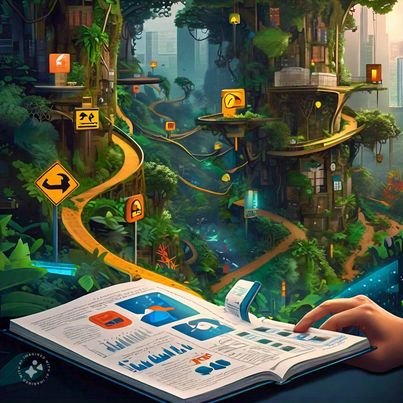Introduction:
As a Level 4 Higher Level Teaching Assistant (HLTA), one of the most rewarding aspects of the job is fostering an environment where students are actively engaged in their learning. Engaging students not only makes the classroom experience more enjoyable but also enhances their understanding and retention of the material. Here are ten effective techniques I’ve found invaluable in engaging students in the classroom.
- Interactive Learning Activities:
Incorporating interactive activities such as group discussions, role-playing, or hands-on experiments can significantly enhance student engagement. These activities encourage participation, collaboration, and critical thinking, making the learning process more dynamic and enjoyable. - Use of Visual Aids:
Visual aids such as charts, diagrams, and multimedia presentations can help capture students’ attention and reinforce key concepts. Visual learning is particularly effective for students who may struggle with traditional teaching methods, providing them with alternative ways to understand and retain information. - Incorporating Technology:
Integrating technology into lessons can greatly enhance engagement, especially for digital-native students. Interactive whiteboards, educational apps, and online resources can be used to create interactive and immersive learning experiences that cater to different learning styles. - Gamification:
Gamifying learning by incorporating elements of games, such as challenges, rewards, and leaderboards, can make lessons more engaging and motivating for students. Whether through educational games or gamified quizzes, this approach can turn mundane tasks into exciting learning opportunities. - Differentiated Instruction:
Recognizing that students have diverse learning needs and preferences, it’s essential to incorporate differentiated instruction techniques. This involves adapting teaching methods, materials, and assessments to accommodate individual differences, ensuring that all students are appropriately challenged and engaged. - Active Learning Strategies:
Encouraging active participation through techniques like think-pair-share, peer teaching, or problem-solving activities can foster a deeper understanding of the subject matter. Active learning keeps students focused and involved, promoting higher levels of engagement and knowledge retention. - Real-World Relevance:
Connecting classroom learning to real-world applications can make lessons more meaningful and engaging for students. By highlighting the practical relevance of the material, educators can instill a sense of curiosity and curiosity in students, motivating them to explore and apply their knowledge beyond the classroom. - Student-Centered Approach:
Adopting a student-centered approach that empowers students to take ownership of their learning can greatly enhance engagement. Providing opportunities for student-led discussions, projects, and inquiries encourages autonomy and fosters a sense of responsibility for learning outcomes. - Effective Communication:
Clear and effective communication is key to engaging students in the learning process. Explaining concepts in simple language, using storytelling to illustrate complex ideas, and actively listening to students’ questions and concerns can facilitate understanding and foster a positive learning environment. - Positive Reinforcement:
Finally, providing positive reinforcement and encouragement can boost students’ confidence and motivation. Recognizing and celebrating their achievements, whether big or small, helps cultivate a growth mindset and a sense of accomplishment, fostering a supportive and inclusive learning environment.
Conclusion:
As a Level 4 Higher Level Teaching Assistant, engaging students in the classroom is not just a goal but a fundamental aspect of ensuring their academic success and personal growth. By implementing these ten effective techniques – from interactive learning activities to positive reinforcement – educators can create dynamic and enriching learning experiences that inspire curiosity, foster collaboration, and empower students to reach their full potential. Through continuous innovation and adaptation, we can create classrooms where every student feels valued, motivated, and excited to learn.






